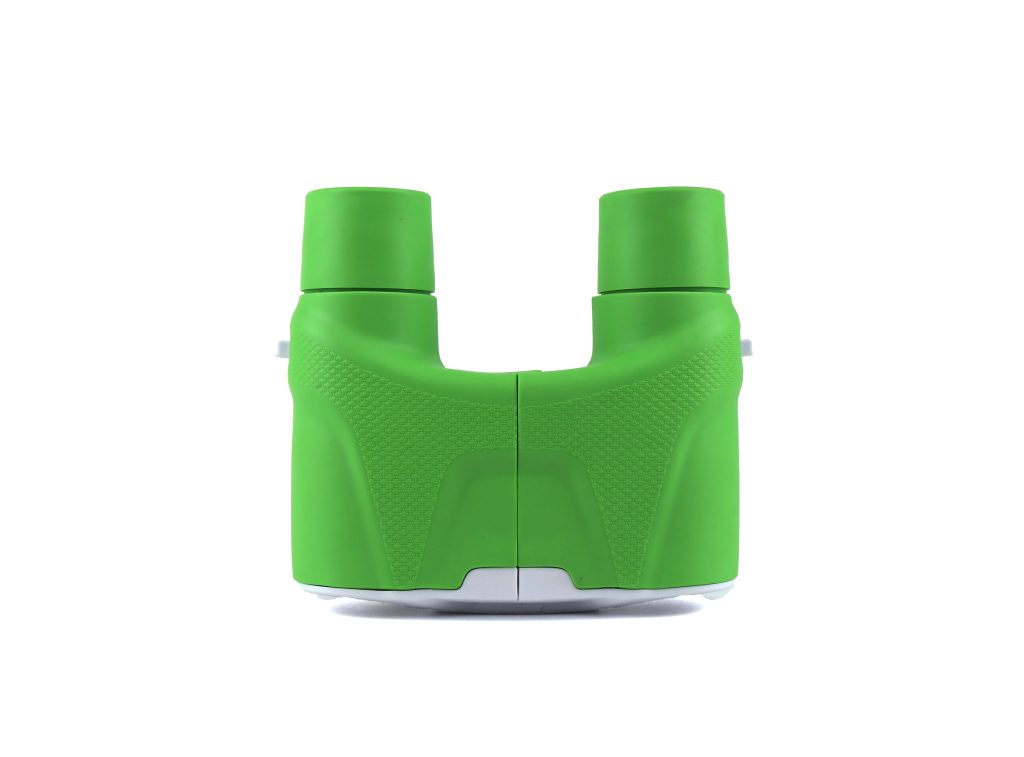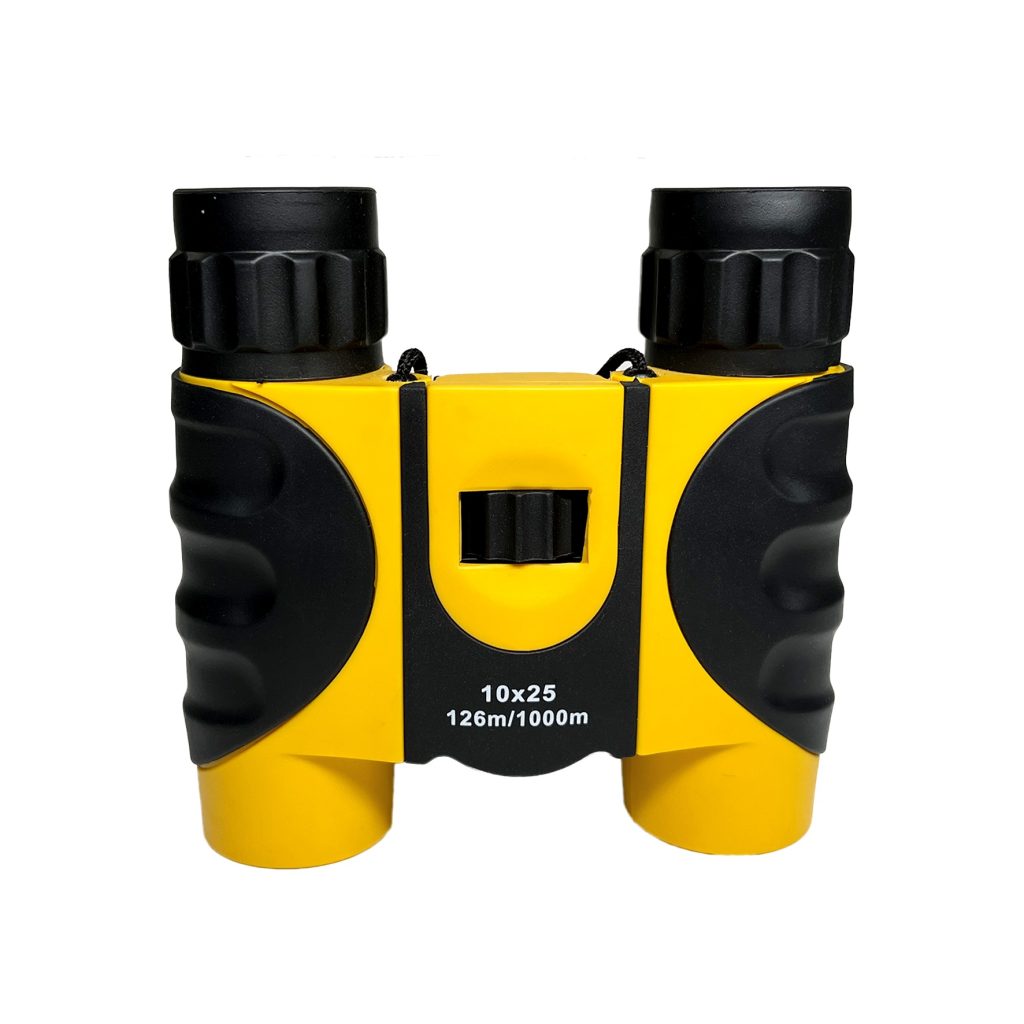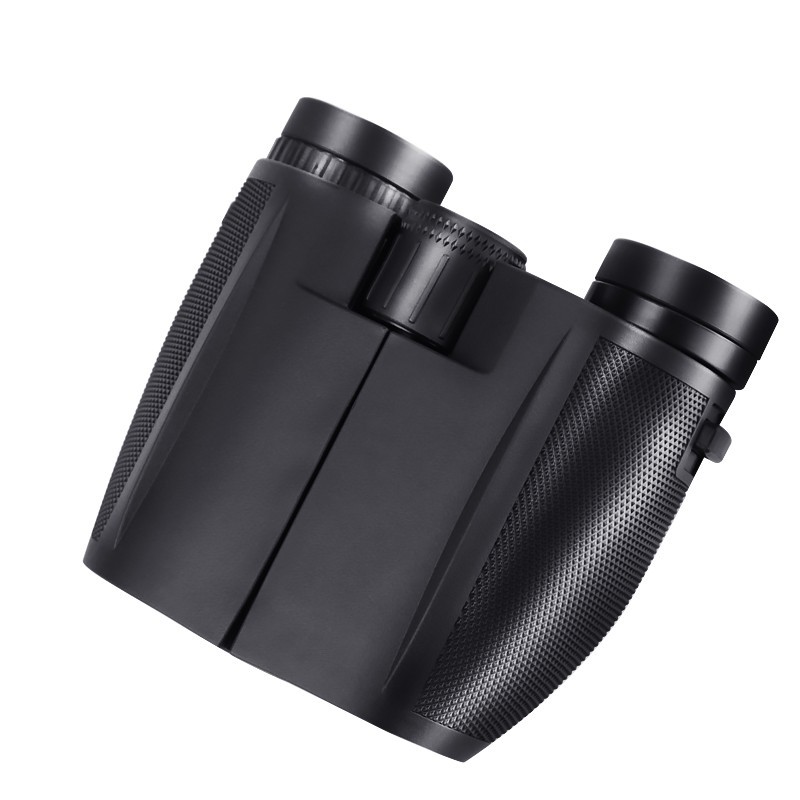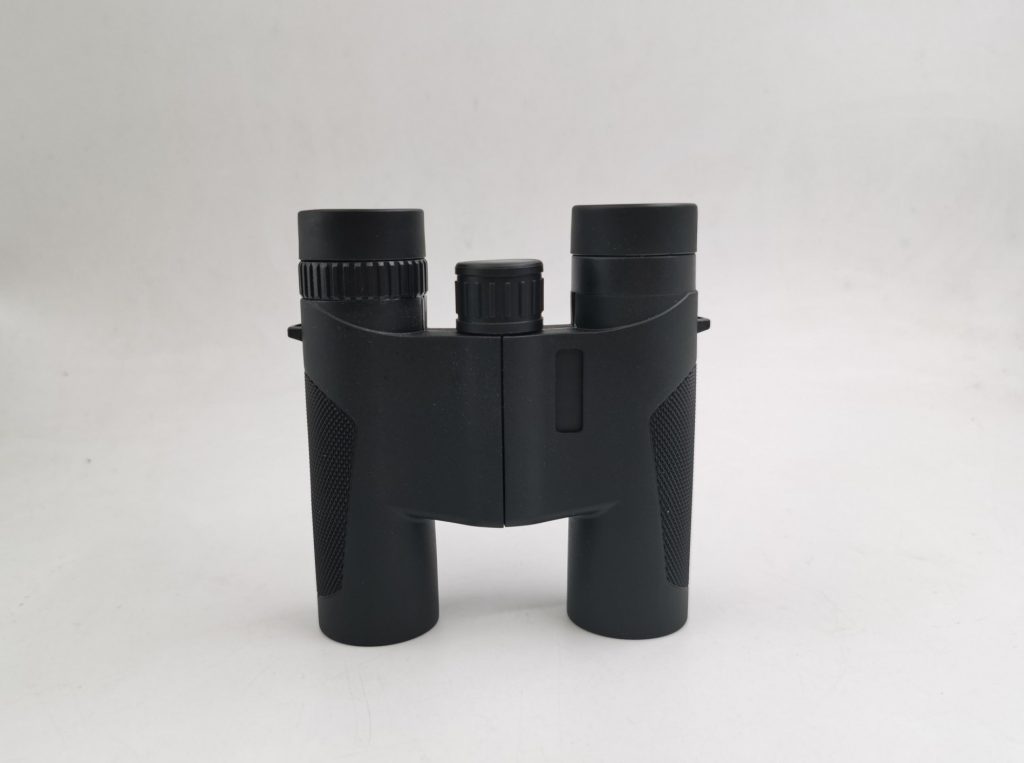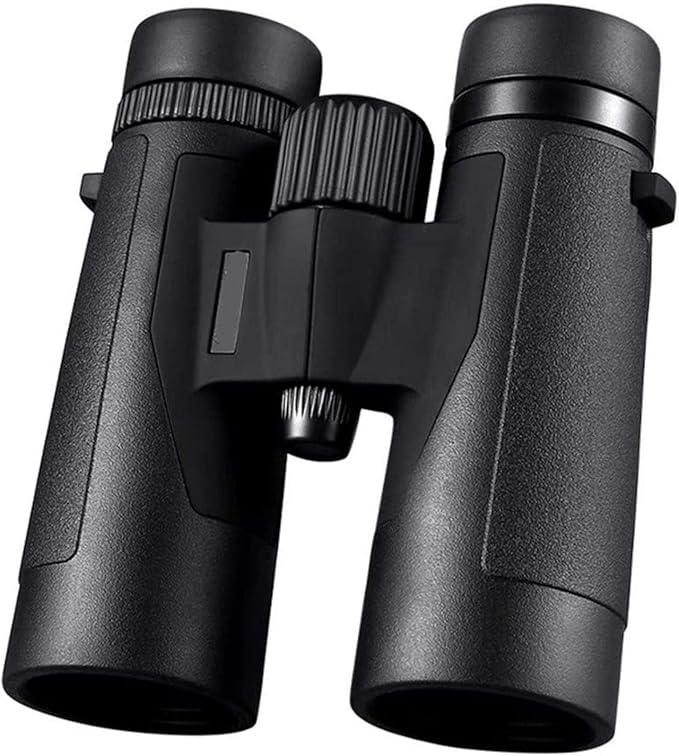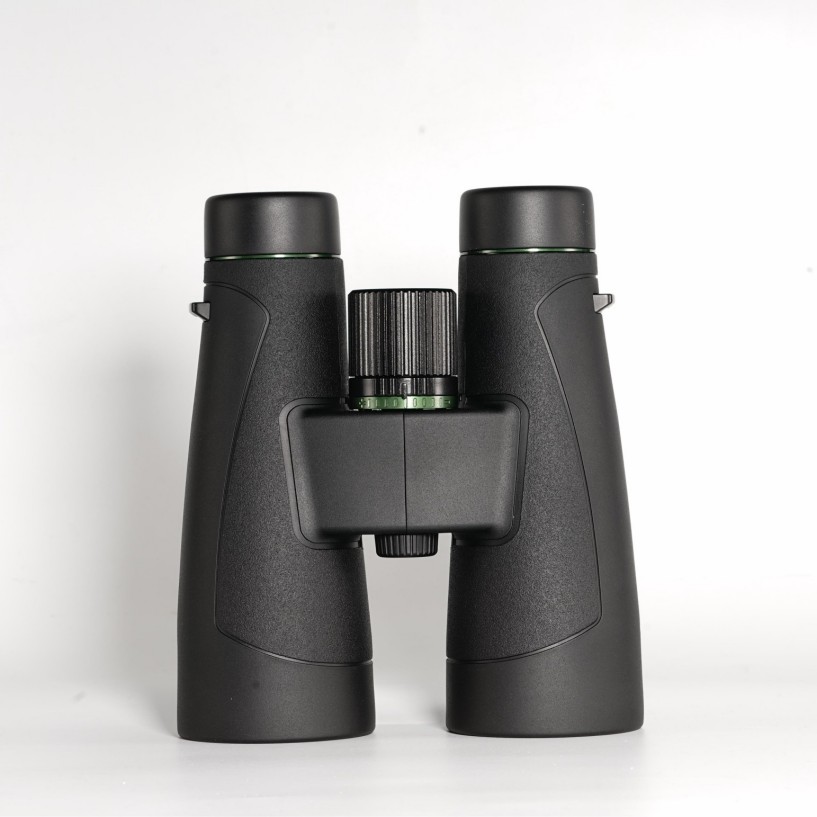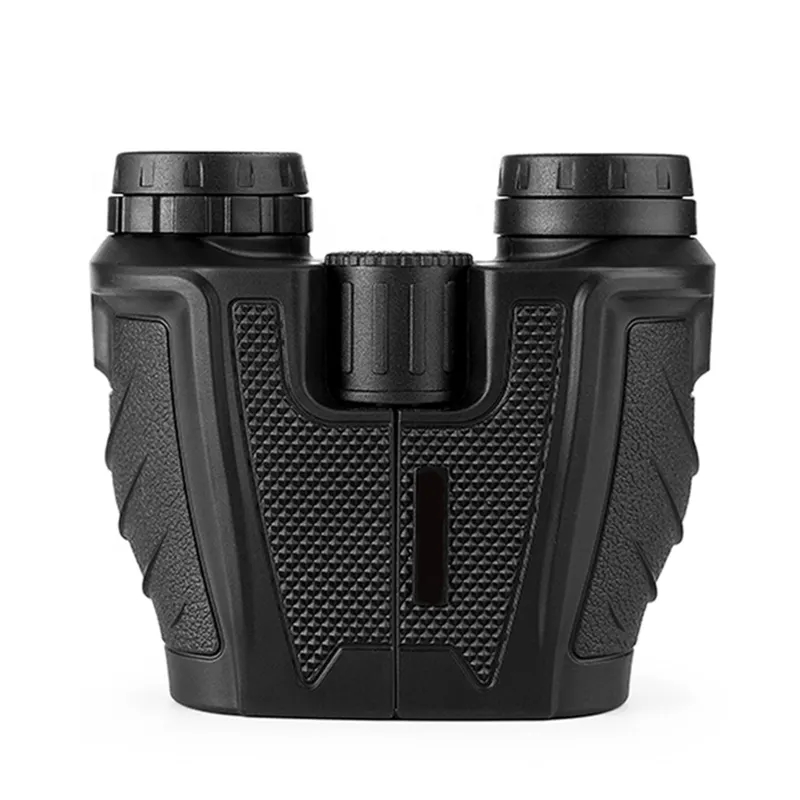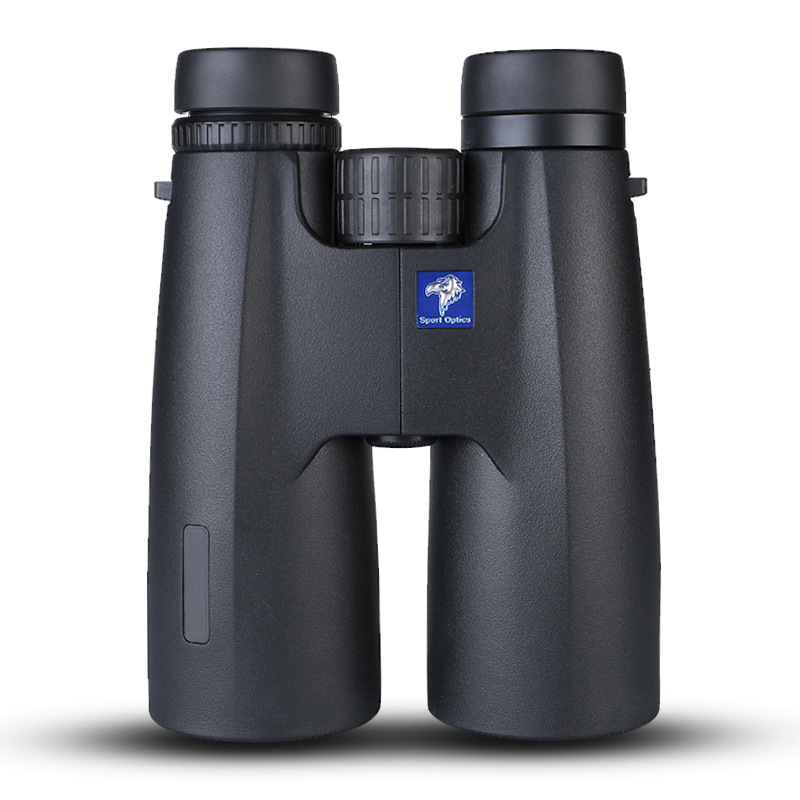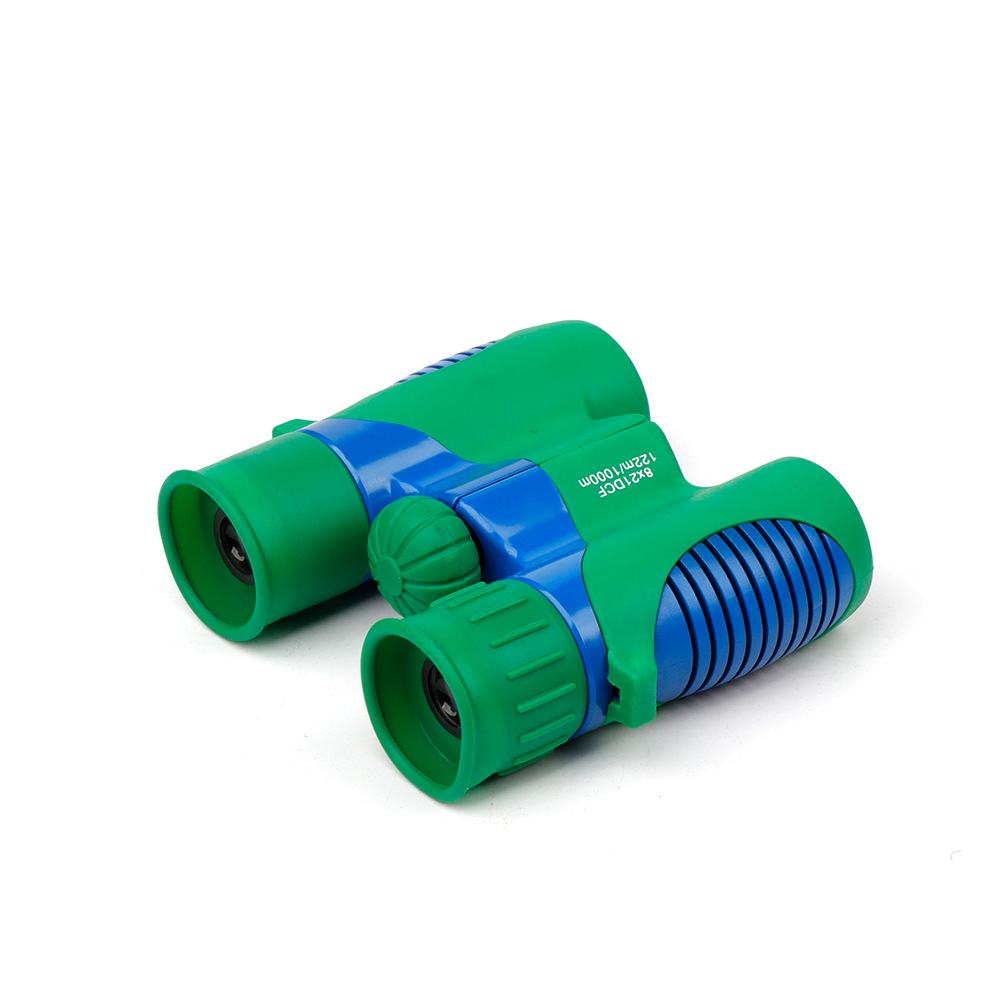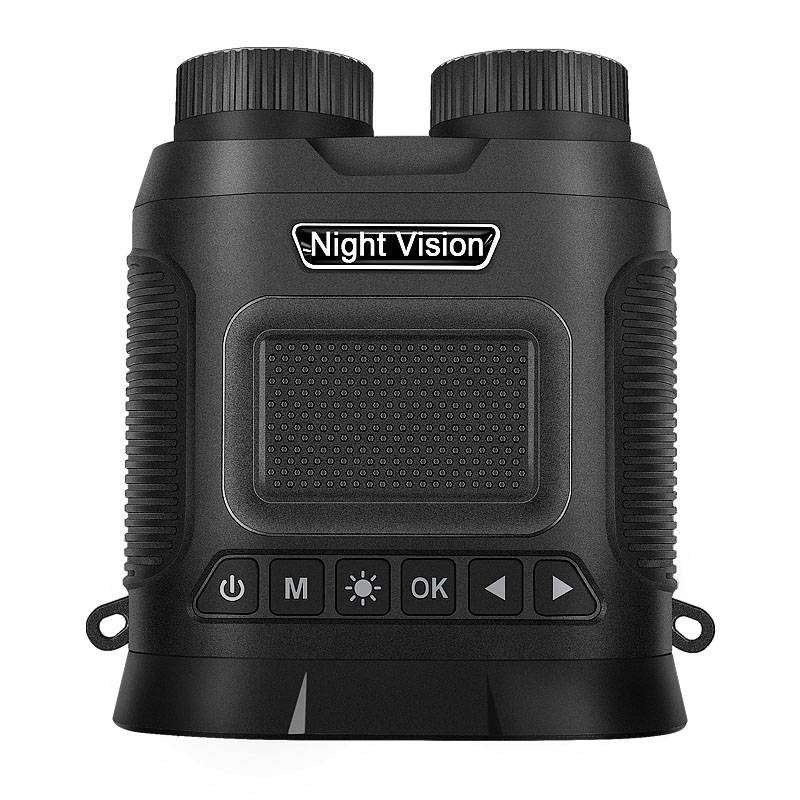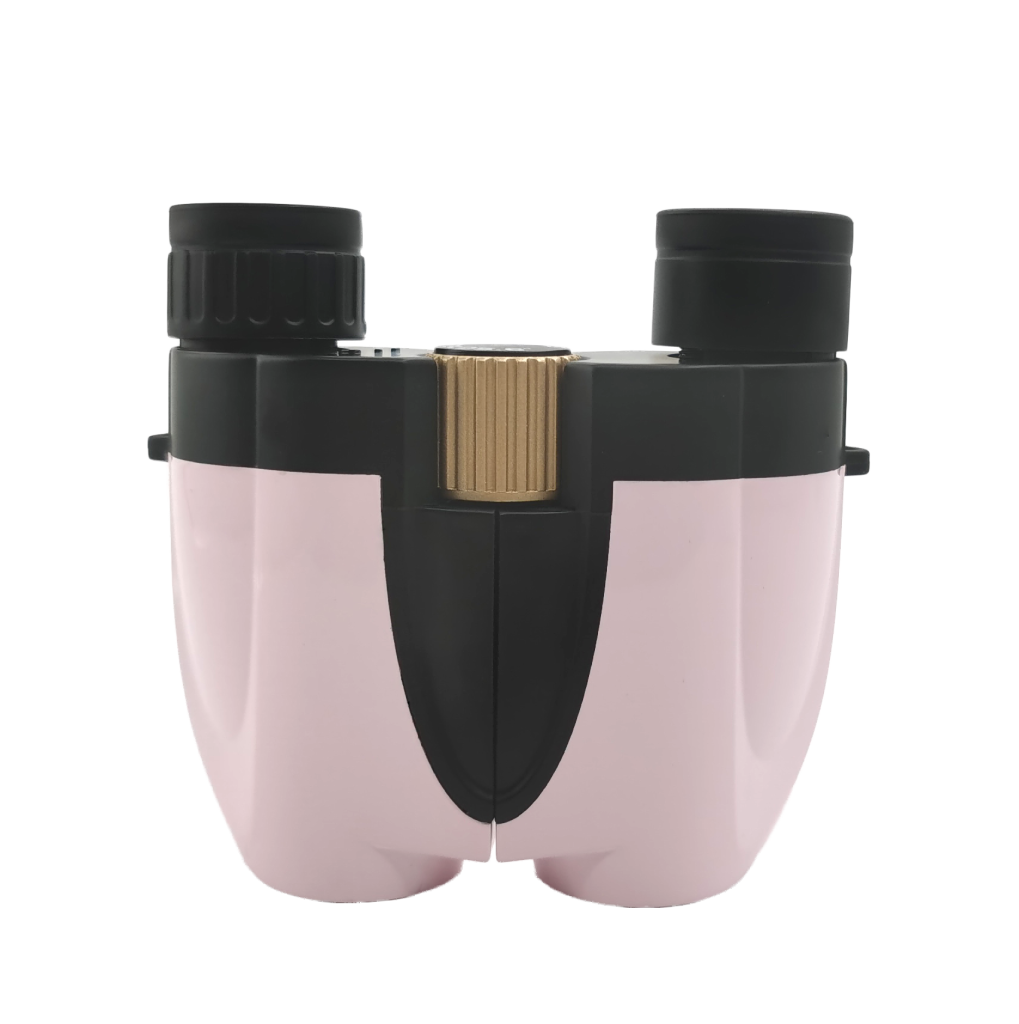In the traditional roof prism binoculars market, the usual specifications for 42 mm and 50 mm include: 8×42, 10×42, 12×42 and 10×50, 12×50, 15×50, etc. These combinations have maintained a stable market perception over the years. However, during our R&D, we re-examined the relationship between magnification, aperture, and actual user experience, and based on this, we launched two new specifications: 7×42 and 8×50.
Historical Review: Why is A Once Highly Regarded 7×42 Fading Away?
In the development history of binoculars, many renowned brands such as Leica, Swarovski, Zeiss, Nikon, and Opticron have launched 7×42 binoculars. These 7×42 are highly regarded by many veteran hunters for their excellent imaging stability, wide field of view, and outstanding brightness. However, as consumers began to prefer higher magnification and brands moved upmarket, these models are gradually being discontinued.

The fundamental reason is that when product prices rise into the hundreds of dollars, the difference in optical performance between 7×42 and 8×42 is no longer significant, and consumers tend to choose the model with “larger number” of magnification.
Different Rules for Entry-Level Systems: Less Money, More Efficiency
Our findings: Instead of piling on more expensive glass/coatings for entry-level systems (which actually greatly increases costs and makes the entry-level system no longer entry-level), it is better to optimize the system balance between magnification and light transmission.
Slight cost increase (approximately $2): Redesigned eyepieces and enlarged prism to improve light transmission;
Performance leap forward:
- Lower magnification → Wider field of view, better edge image quality, and distortion control;
- Larger exit pupil → Brighter, more stable image, more tolerant of shaking and framing errors;
- Less aberration stress, reduced sensitivity to “low-cost lenses and coatings”.
Result: Achieve a near-mid-range viewing experience at an entry-level cost.

The “Physical Basis” for 7×42 and 8×50
Two key indicators: Exit pupil diameter = Aperture / Magnification; Twilight factor ≈ √(Magnification × Aperture)
| Sepecification | Exit Pupil (mm) | Twilight Factor (≈) | Key Experience Points |
| 7×42 | 6.0 | 17.1 | Super comfortable viewing with a large exit pupil, strong handheld stability, wide field of view, and less fatigue during long-term observation |
| 8×42 | 5.25 | 18.3 | General-purpose balanced model as a benchmark |
| 8×50 | 6.25 | 20.0 | Brighter, with a clear advantage at dawn/dusk, suitable for searching treeline and open area boundaries |
| 10×50 | 5.0 | 22.4 | Higher magnification, but greater sensitivity to shanking, puts more strain on the image quality of entry-level systems |
Analysis:
- 7×42: In entry-level optics, a 6mm exit pupil significantly improves image brightness and framing tolerance, resulting in a “visibly noticeable” improvement in perceived brightness.
- 8×50: Achieving a 6.25mm exit pupil at the same 8x magnification provides better edge control in twilight or dense forest scenes and offers greater handheld stability.
- Comparison with 12×42: While the numbers may look “good”, entry-level lenses and coatings easily amplify aberrations and vignetting, resuliting in a less than ideal overall experience.
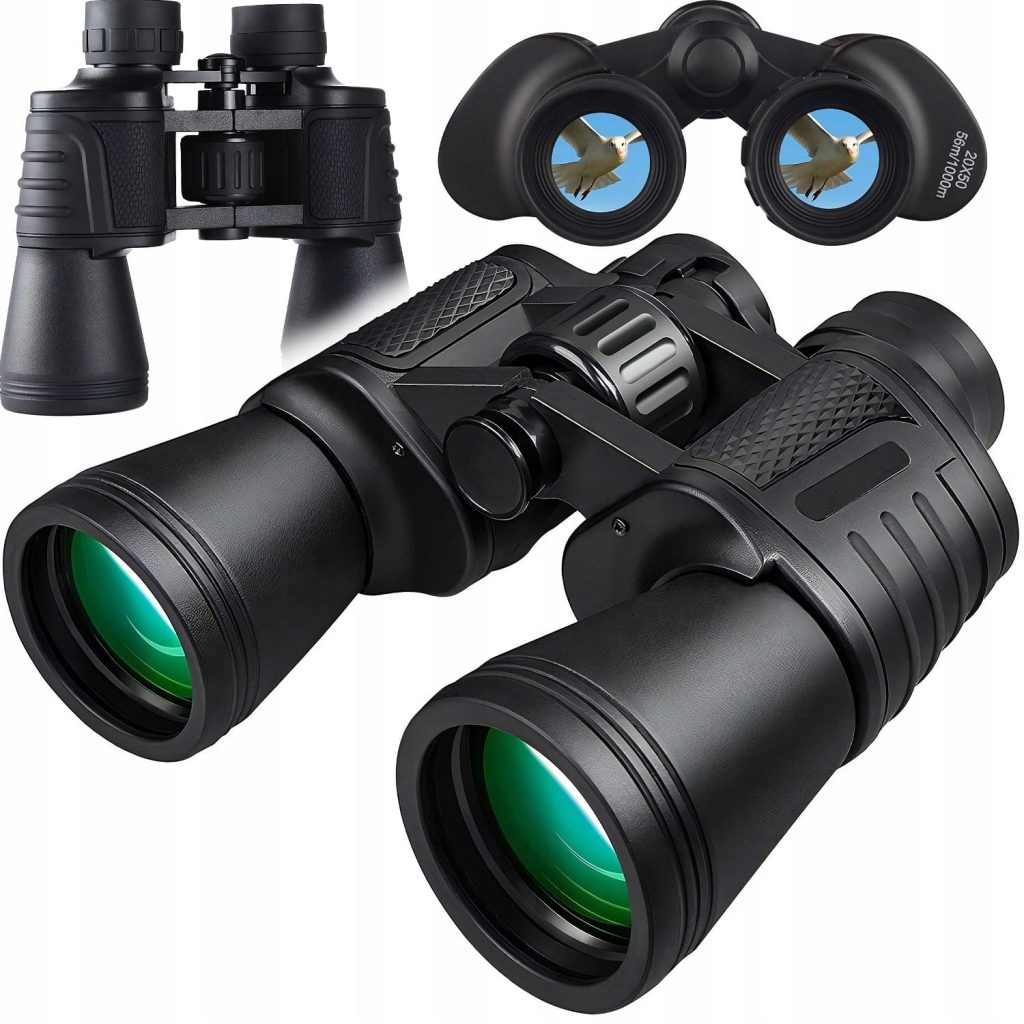
Which users are best suited for the 7×42 and 8×50 models?
7×42:
- Novice hunters / long-term hiking and observation;
- Those with average strength, seeking lightweight design, wide field of view, and stability;
- Mostly active during the day or in low-light conditions.
8×50:
- Require brighter image at the same magnification;
- Mostly active during early morning or dusk;
- Want to quickly capture outlines in open areas and along treeline boundaries.
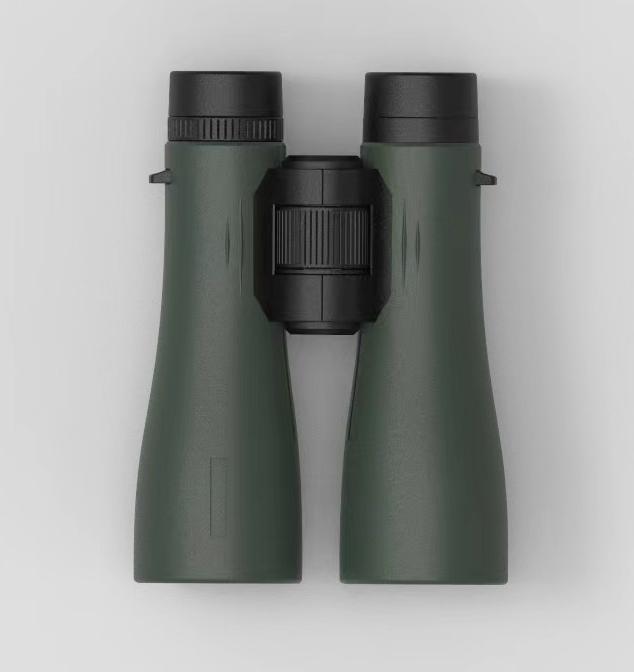
Cost-Performance Justification: How Just ≈$2 Can Make a “Noticeable Improvement” in Performance
Investment targets the “system bottleneck“: optimized eyepiece design + enlarged prism (increasing effective light transmission).
Instead of pursuing expensive glass or complex coatings, the investment rebalances of magnification and light transmission through engineering, bringing the entry-level system into a more comfortable viewing range.
This money is well spent, resulting in a “truly perceptible” improvement in field of view, brightness, and edge image quality.
Complete Product Matrix (Unified Visual Design)
Foreseen providing binoculars including: 6×21, 8×21, 8×25, 10×25, 10×32, 12×32, 7×42, 8×42, 10×42, 12×42 (not recommended), 8×50, 10×50, 12×50, etc.
Complete coverage of all specifications for entry-level users, helping dealers more accurately match different user groups and usage scenarios.
Commercial Value: Higher Sales Conversion and Lower Return Rate
More Comprehensive Specifications → Easier to match “hand size, arm strength, scenario, budget”, increasing first-time purchase likelihood;
Wider Field of View and Better Handheld Stability → Easier for beginners to use, higher user satisfaction, and fewer after-sales issues and returns;
Building a reputation for being “user-friendly right out of the box” with the 7×42 / 8×50 helps brands quickly gain trust in the local market.
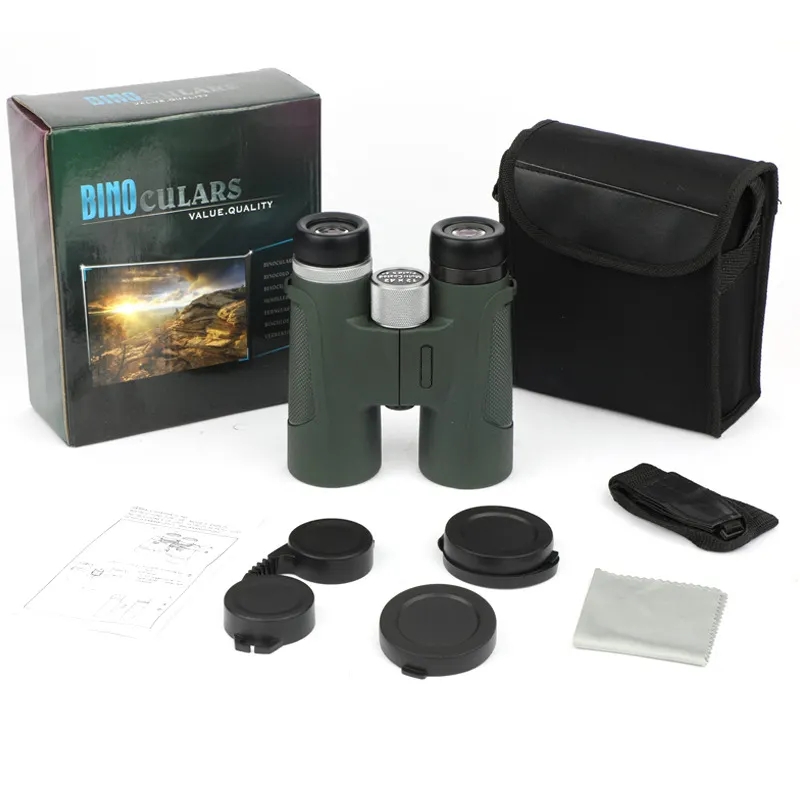
FAQ
Q1: Will the magnification of 7×42 be too low?
A: When searching at the edge of the jungle and in wide-open areas, the 7× magnification provides a more stable image and a larger exit pupil, which is often more useful than just “zooming in”—especially for beginners and during extended handheld use.
Q2: Will 8×50 be too heavy?
A: We’ve made the structure lightweight while keeping the weight comparable to the 10×50. This results in improved brightness and handling tolerance, making it more suitable for use at dawn and dusk, and for handheld searches.
Q3: Why is 12×42 (entry-level) not recommend?
A: High magnification in entry-level systems often exposes aberrations and edge distortions, making the overall experience less stable than with 7×42, 8×50, or 10×42.
Q4: Which should I choose, 7×42 or 8×42?
A: If you prioritize comfort and stability, or often observe for extended periods, choose 7×42. If you prefer a balanced and more common magnification, choose 8×42.
Contact us for 7×42 / 8×50 engineering prototypes and brand customization solutions.

